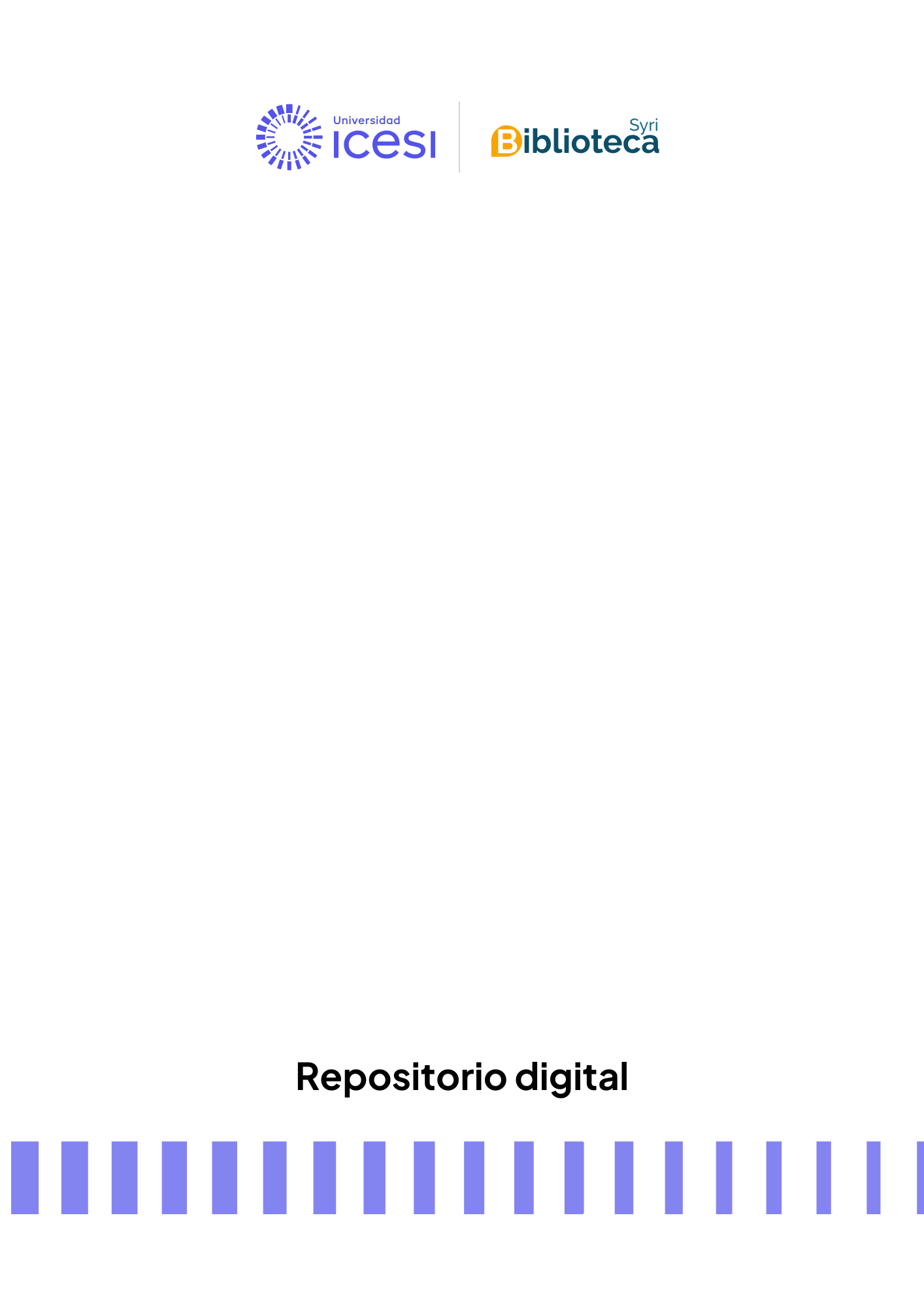Routing in Neighborhood Area Networks: A survey in the context of AMI communications

Archivos
Fecha
Autores
Director de tesis/Asesor
Título de la revista
ISSN de la revista
Título del volumen
Publicador
Editor
Compartir
Resumen
Smart Grid is the modern infrastructure of the electric grid, which has the objective to improve efficiency, reliability, and security. This is achieved through the control automation of the transmission and distribution lines, the enhancement of metering technologies, the implementation of renewable energy sources, and new energy management techniques. The growing demand of energy, changes in global weather, problems in the storing and distribution, and the need to implement more efficient metering systems are some of the factors that influence the transit toward a more complex and robust electric grid. A fundamental component of the Smart Grid is an Advanced Metering Infrastructure (AMI), which provides a two-way communication flow between utilities and meters at the customer side. In this survey, we outline the main features of this new infrastructure, including a classification of communication technologies and routing protocols employed in the Neighborhood Area Network domain. We introduce a set of metrics for the AMI network (such as scalability, interoperability, latency, security, and quality of service), and present a full analysis and comparison of AMI-related routing protocols and technologies. Open issues related to wireless and wired technologies, as well as routing for the neighborhood area network domain are also provided.

